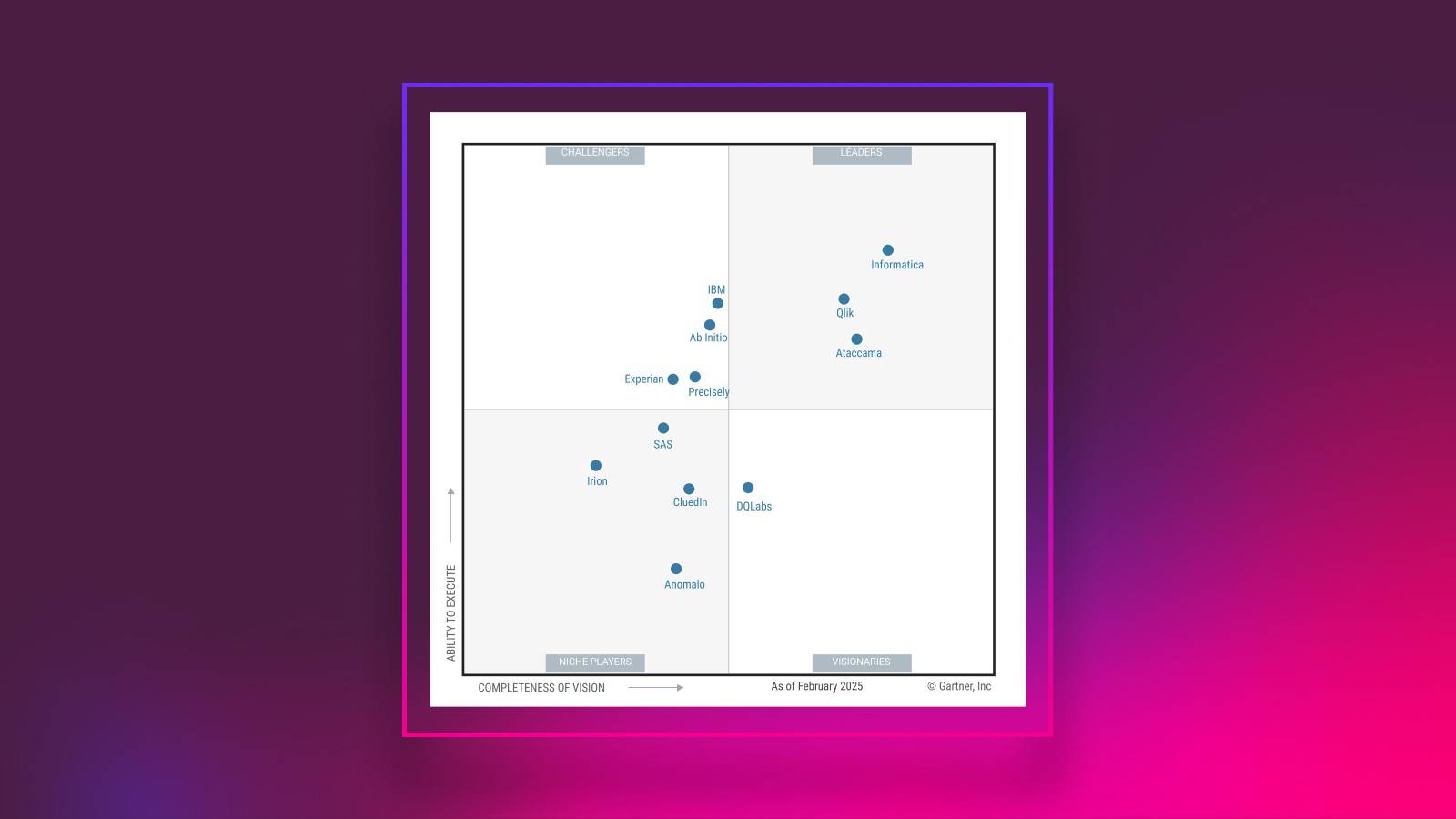Centralized reference data management on AWS

Initial data challenges
Our client had their reference data stored in Excel and hardcoded in source files. There was limited information available about changes to the files or the file versions, and data for target systems was saved in multiple places and in multiple versions. ETL processes were set up to work with files which were saved in a specified location and loaded into the reporting components.
Proposed solution
Ataccama helps the client maintain control of the data, provide necessary information for high data quality standards, and ensure all files are synchronized on a daily basis via standard processes, limiting the introduction of user and data issues into the process.
Solution & benefits
Our client has access to a web interface where they can manage their reference data. Data quality is set up for all elements, and extracts are provided each day to the consuming systems. If it is needed, the system can provide online synchronization with consuming / source systems. Data users have a full history of the changes in the web application, and the approval workflow of every change is set up for the data stewards.
Ataccama manages the solution, including the technical configuration, system integration, orchestration processes, and availability for users.
TCO analysis results
One of the key aspects of the solution was the deployment. The client considered on-prem installation operated and maintained by their own team (outsourced) as well as Ataccama’s Managed Solution. In the end, an Ataccama Managed Solution came out at less than 50% of the overall cost (taking into consideration the cost of the infrastructure, maintenance, ongoing operation, necessary training, etc.).
Lessons learned
It was challenging to set up the database in a way that completely satisfied client requirements for the RTO and SLAs. We originally used PostgreSQL, which was available in the AWS environment. After a short time, we migrated to RDS (PostgreSQL managed by Amazon), which provided all needed services out of the box and without effort from IT.
Have a question? Speak to our industry expert.
Initial data challenges
Our client had their reference data stored in Excel and hardcoded in source files. There was limited information available about changes to the files or the file versions, and data for target systems was saved in multiple places and in multiple versions. ETL processes were set up to work with files which were saved in a specified location and loaded into the reporting components.
Proposed solution
Ataccama helps the client maintain control of the data, provide necessary information for high data quality standards, and ensure all files are synchronized on a daily basis via standard processes, limiting the introduction of user and data issues into the process.
Solution & benefits
Our client has access to a web interface where they can manage their reference data. Data quality is set up for all elements, and extracts are provided each day to the consuming systems. If it is needed, the system can provide online synchronization with consuming / source systems. Data users have a full history of the changes in the web application, and the approval workflow of every change is set up for the data stewards.
Ataccama manages the solution, including the technical configuration, system integration, orchestration processes, and availability for users.
TCO analysis results
One of the key aspects of the solution was the deployment. The client considered on-prem installation operated and maintained by their own team (outsourced) as well as Ataccama’s Managed Solution. In the end, an Ataccama Managed Solution came out at less than 50% of the overall cost (taking into consideration the cost of the infrastructure, maintenance, ongoing operation, necessary training, etc.).
Lessons learned
It was challenging to set up the database in a way that completely satisfied client requirements for the RTO and SLAs. We originally used PostgreSQL, which was available in the AWS environment. After a short time, we migrated to RDS (PostgreSQL managed by Amazon), which provided all needed services out of the box and without effort from IT.







